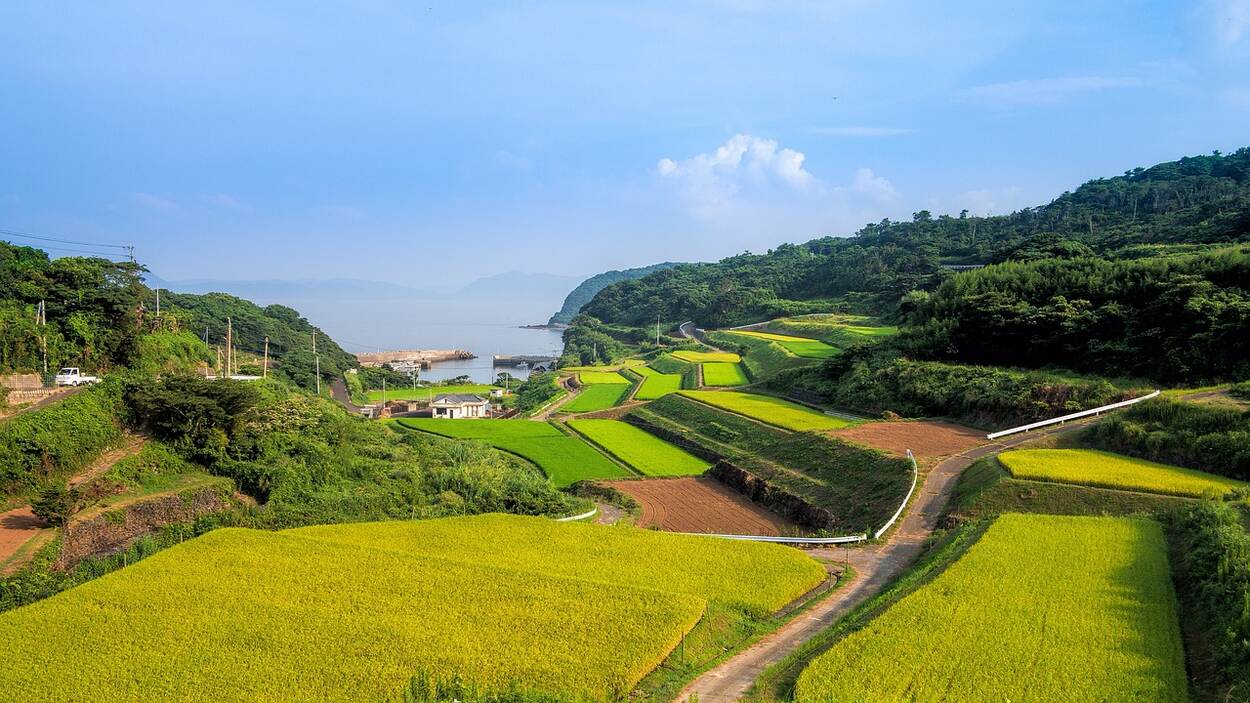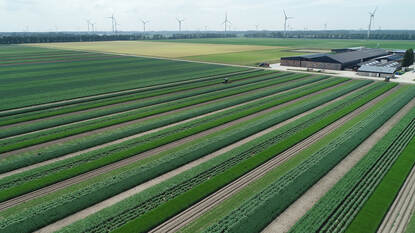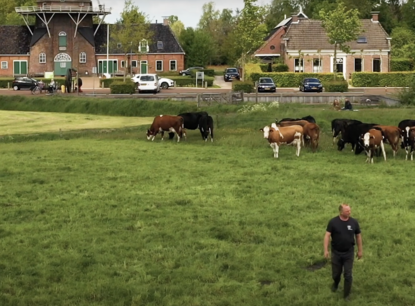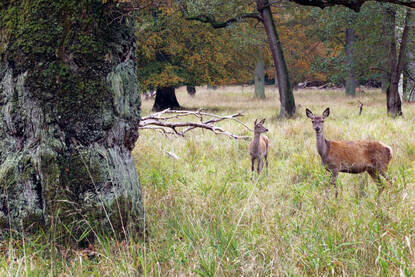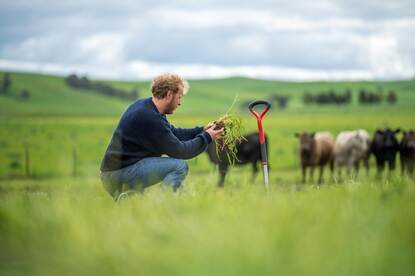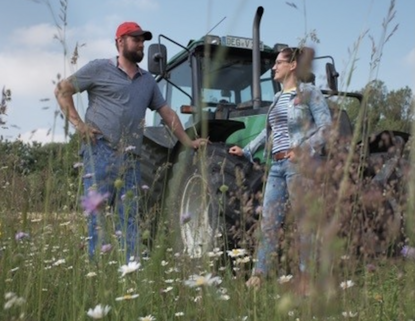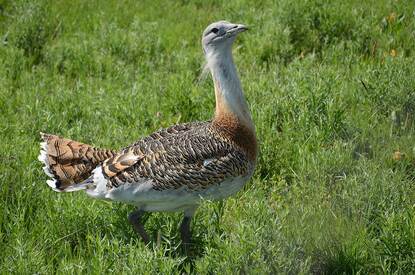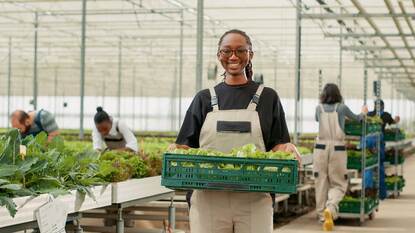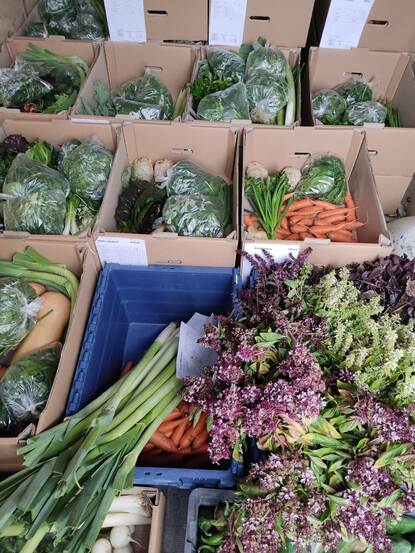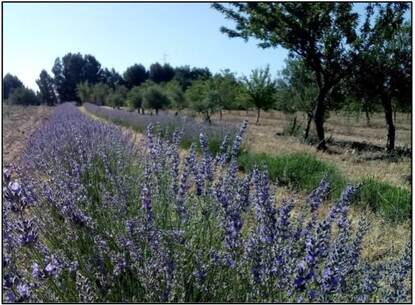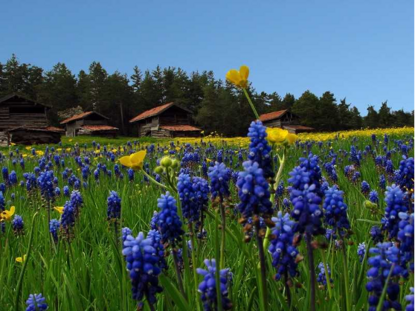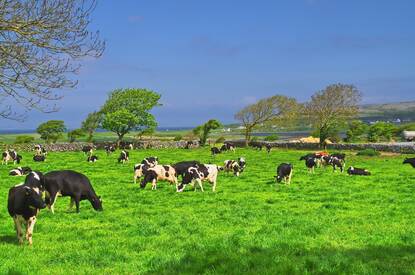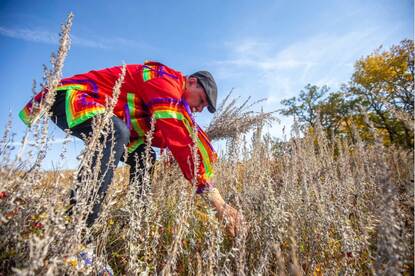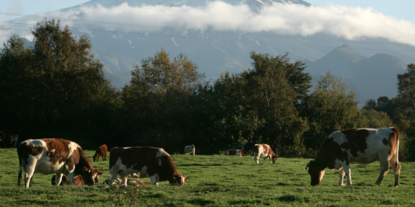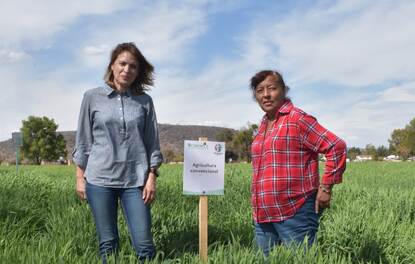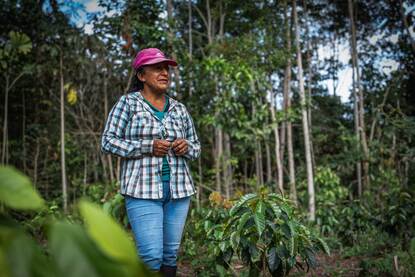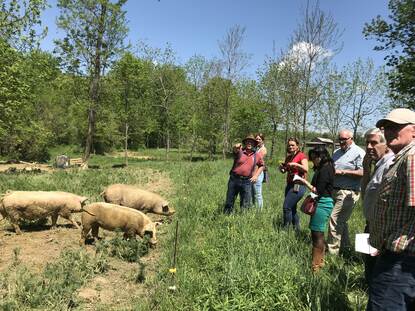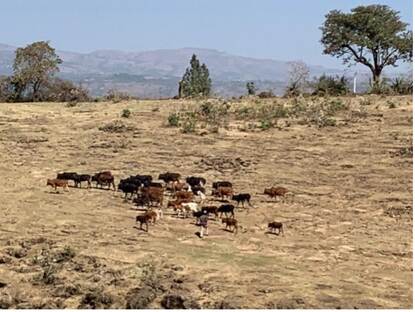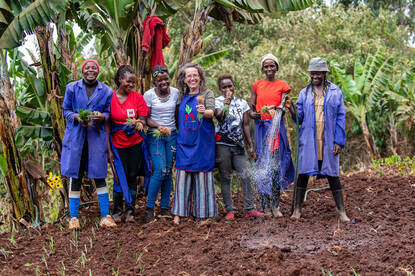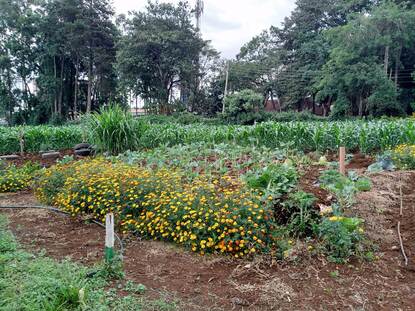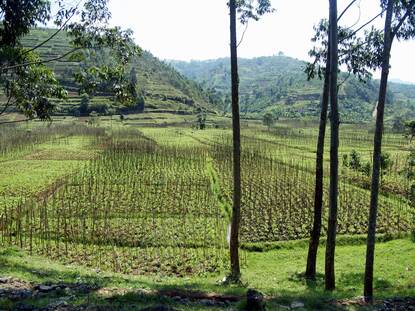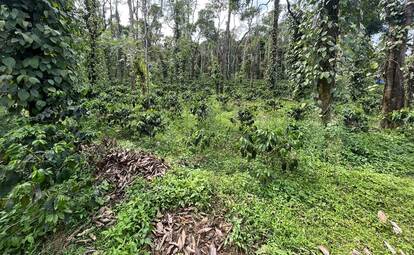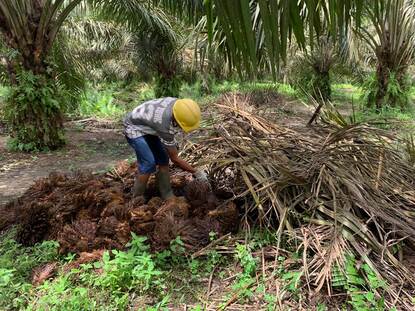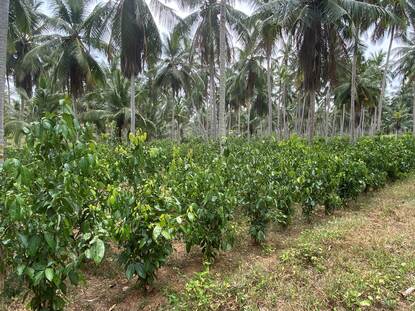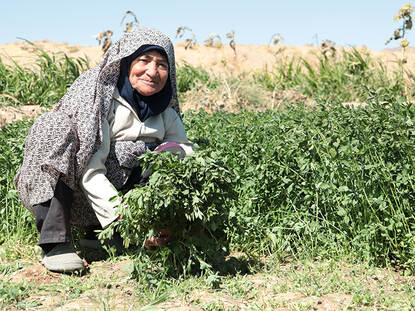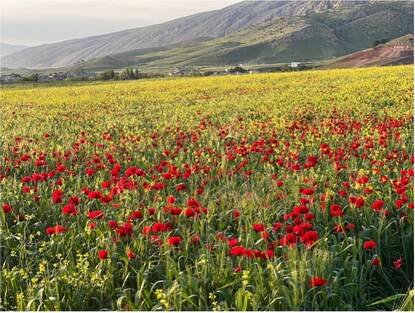Foto Pixabay
Japan is increasingly trying to stimulate environmentally friendly farming practices that integrate nature. With its unique farming conditions and the need to address the challenges faced by rural communities, the country is embracing a collective approach to rejuvenate its agricultural sector. However, the fast-aging rural population poses significant complications, and the results of these efforts have been mixed.
Awareness of agro-environmental issues is not as deeply rooted in Japan as in Western countries. Most Japanese live in cities far removed from the reality of rural areas. As rice paddies can efficiently fixate nitrogen, cases of severe water pollution or soil erosion are rare. Consumers are more concerned about food safety, especially of imported products, as a result of past scandals involving excessive pesticide residues. They do not worry much about agrochemicals affecting the environment.
However, efficiency and economics in the Japanese agricultural sector have caused significant environmental damage, such as deterioration of water quality and loss of sea grass beds and tidal flats. Also, neglecting biodiversity has caused the appearance of invasive alien species and a decline in natural habitats. Japan’s rapidly ageing rural population has further increased environmental damage: deteriorating management of rural resources (e.g. secondary forests, waterways) as a result of increasing land abandonment is affecting both Japan’s agricultural production as well as its traditional landscapes, natural resilience (water resource protection) and biodiversity.
Financial support and direct payment schemes
In 1992, the Japanese government formally addressed agro-environmental issues for the first time. Environment-friendly agriculture (kankyouhozen-gata nougyou) became one of the main objectives of Japan’s agricultural policy. Since then, the farm ministry has gradually expanded the scope of its policy and regulatory framework to promote reduction in the use of agrochemicals, the utilization of livestock manure and contributing to climate mitigation and protection of biodiversity. Financial support is granted to 3 categories of farmers: certified eco-farmers, special cultivation farmers reducing the use of agro-chemicals by half compared to conventional farming in their region and organic farmers.
Under the Japan-style Direct Payment Scheme (Nihon-gata chokusetsubarai-seido), local groups of farmers may apply for area payments for environment-friendly agricultural activities. In addition, farmers may apply for support, as a group of farmers or together with other local stakeholders, for green initiatives enhancing local farming in harmony with nature as part of the objectives for multi-functionality payments.
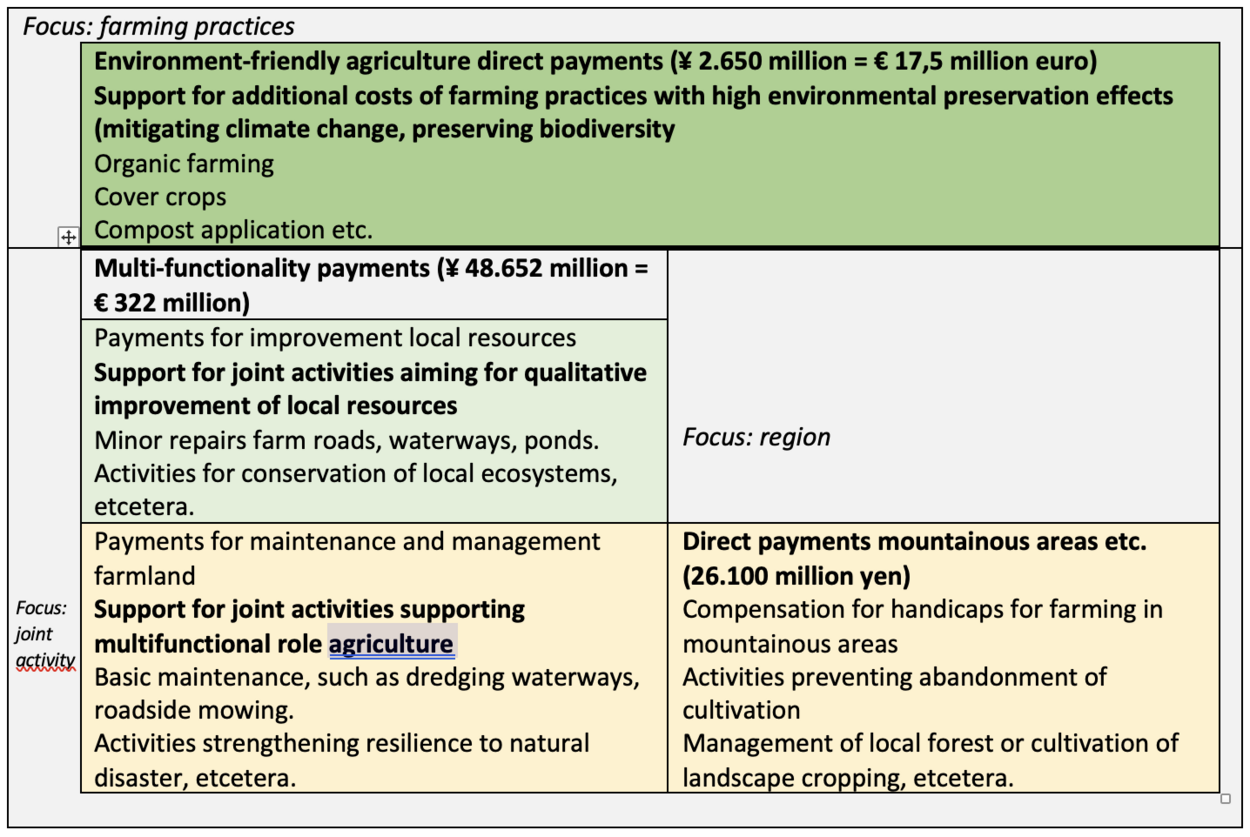
Green Corridor Project and Crested Ibis Initiative
The scope and scale of collective green initiatives vary considerably, ranging from groups of farmers collectively implementing environment-friendly practices to more comprehensive initiatives to integrate nature into farming with the aid of the local community. One example is the Green Corridor Project on Hokkaido Island where local dairy farmers, residents and local organizations have linked fragmented habitats with forests by planting trees in fields, slopes and wetlands unsuitable for pasture cultivation.
Another example, that won the farm ministry’s Sustainability Award in 2021, is the Crested Ibis Initiative on Sado Island where local rice farmers have adapted their farming practices to support the reappearance of Japan’s crested ibis in the wild. Part of the initiative is a private certification scheme that allows rice from the paddies to be marketed under the Living Together with the Crested Ibis brand.
Satoyama Initiative
The farm ministry is not the only government body concerned with greening agriculture. Since the 1990’s, Japan’s ministry of environment has also tried to promote conservation-conscious agriculture. In 2009, it adopted the Action Plan for the Conservation and Sustainable Use of Socio-ecological Production Landscapes (Satochi-satoyama).
Satochi-satoyama refers to Japan’s traditional mosaic landscapes developed through centuries of small-scale agricultural and forestry use. The plan has initiated a nationwide and international movement (known as the Satoyama Initiative) for the conservation and utilization of traditional production landscapes. Under the Satoyama-flag, the environment ministry promotes the development of collective initiatives by local stakeholders, companies and NPOs.
The challenge of organic farming targets and agrochemical use
How successful have these policies been thus far? The general perception is that the farm ministry’s efforts fall short of the mark. When looking at the distribution of farmer support under the direct payments scheme, only a small part of multifunctional payments concerns green initiatives. These payments mainly target initiatives to sustain the rural infrastructure without specific consideration for nature or biodiversity (2021). Moreover, while multifunctional payments cover about half of Japan’s farmland (around 2 million hectares), direct payments for environment-friendly agriculture covered only 2.4% of all farmlands (82.000 hectares).
Of the earlier mentioned three categories, the more flexibly defined eco-farmers are the highest in number with almost 84.000 farmers (2020), but they represent just 7% of all Japanese farmers. Special cultivation farmers are about 45.000 while there are only 12.000 organic farmers (2015). The total area of organic farming amounts to only 0.6% or 25.000 hectares (2020), far removed from Japan’s target to have 25% of its farmlands (1 million hectares) covered by organic farming in 2050.
On the positive side, the demand and sales of agrochemicals dropped considerably since the start of Japan’s agro-environmental policy in 1999. However, since 2016, their use did not further decline and is still comparatively high (although comparable to the use in the Netherlands).
‘The economic and demographic challenges of rural areas determine the success of nature-inclusive policies’
Emphasis on local branding
Successful policies to integrate nature into farming largely depend on the extent to which Japan handles the economic and demographic challenges of rural areas. Direct area payments are insufficient to prop up the economic viability of farmers in most rural areas, nor are they sufficient to attract a new generation of farmers. Both the farm and environment ministries put a lot of emphasis on developing local branding as part of their support. In a country where consumers are fond of authentic local products, this strategy may work relatively well.
Yet, the added value that branding generates, may not provide sufficient income for small-sized farms. Lack of consumer interest in sustainably produced food is often seen as hindering the adoption of environment-friendly farming. The Japanese government, therefore, puts a lot of effort into awareness campaigns. For example, by involving local authorities, companies and organizations throughout the supply chain. Yet again, smaller farms may not be able to profit enough from market increases to remain economically viable.
The Local Vitalization Cooperator Program
To vitalize rural areas and facilitate nature-inclusive farming, new attractive business and lifestyle models are needed to get more nature-friendly entrepreneurs into farming on a larger scale. Hoping to stimulate this development, the Japanese government deploys the Local Vitalization Cooperator Program, which aims to get young urban residents to relocate to the countryside.
The government is also counting on private enterprises to build business models that contribute to environmental sustainability and local revitalization. An example is the Château Mercian Mariko Vineyard, a winery created on previously idle farmland and managed to contribute to the revitalization of the local ecosystem. However, to stop the decline of its rural areas and restore harmony between nature and agriculture successfully and sustainably, Japan still has a long way to go.
Contact
Would you like to know more about the current developments in the domain of agriculture and nature in Japan or contact the agricultural team at the Netherlands Embassy in Japan?
You can visit the country page of Japan at the website agroberichtenlandbuitenland.nl of the Netherlands ministry of Agriculture, Nature and Food Quality. You can also send an email to TOK-lnv@minbuza.nl
